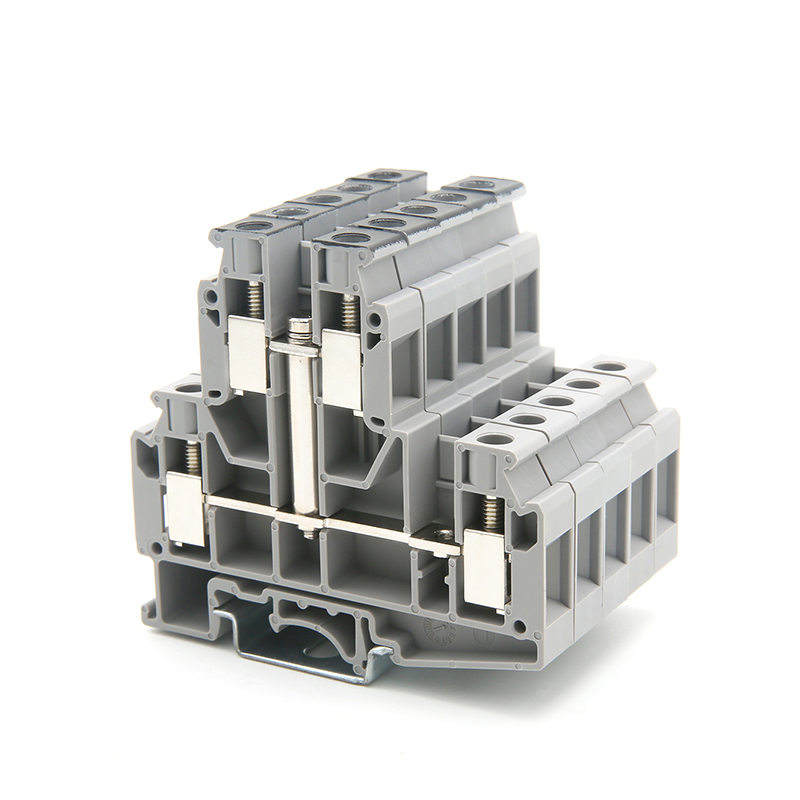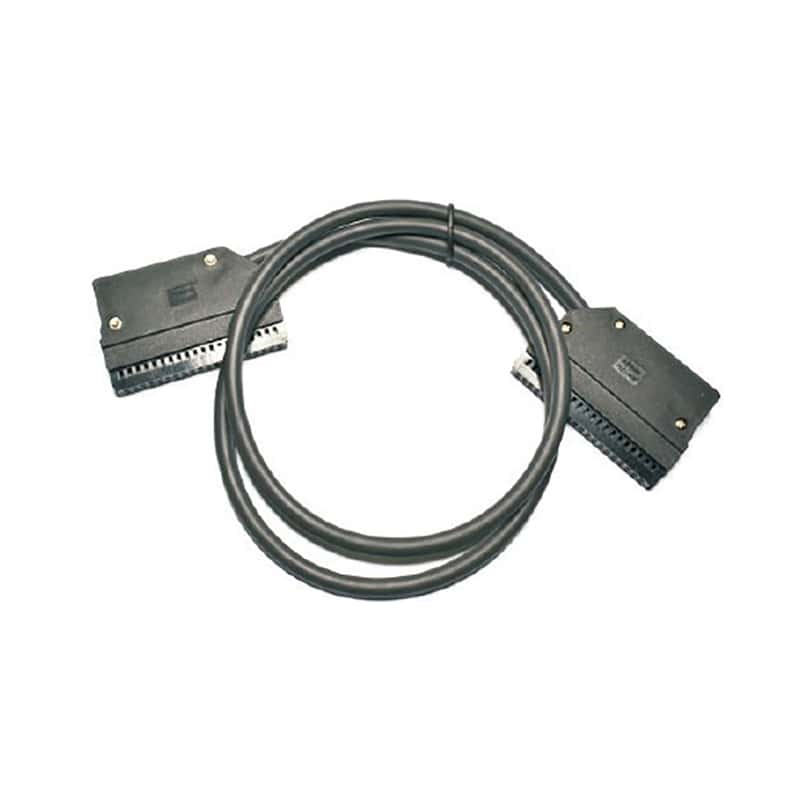Matt Ogden, Cable Gland Product Specialist at Hawke International discusses why it’s important for companies operating in such environments to implement a cable gland strategy and the factors they must consider when introducing it.
Firstly, people mustn’t think of cable glands as merely being commodity products. They are so much more than just bits of brass and rubber. In fact, they play a vital role in protecting the larger, more expensive pieces of machinery, which can often be worth hundreds of thousands of pounds. So, how do decision makers ensure they instil the right strategy? Inverter Vent Plug

Those charged with procurement often overlook the recommendations of their engineering departments and instead select glands based solely on cost. As you can imagine, this risks projects and on-site equipment ending up with wrong or, at best, ineffective cable glands. If this happens, there is an incredibly high chance of water and dust getting into the equipment it is protecting, which can have catastrophic effects.
In addition to this, cable glands are often over or under tightened which can cause damage to the cables. An over tightened gland will stress a cable’s properties, limiting how well it offers ingress protection against dust and water penetration, plus it presents an explosion risk. Glands that are under tightened will also allow dust and water to damage equipment, as well as being prone to loosening. This creates an electric shock risk, putting workers in danger.
With this in mind, it is clear that decision makers need to invest in cable glands that have tightening guides integrated as standard. This gives the glands’ installers and inspectors a simple, visual indicator, to show when it has been tightened correctly to the outer diameter of the cable being fitted.
Given that cables can pull away if an incident happens with a gland, it is critical to install a clamp or a cleat. It is recommended that clamps are installed within 300mm of the end of a cable gland because it provides the strain-relief required to combat any extreme pulling, twisting or tightening of a cable, ensuring no additional damage develops.
A lack of knowledge, as well as space onsite, means that many installations do not adhere to this standard. However, there are innovations available that must be considered as part of any cable gland strategy. In fact, Hawke has recently developed a new space efficient clamp that can be applied within 50mm of the end of a cable gland. Installing any equipment is costly to a business, with every minute that an engineer is working onsite increasing costs. To help reduce this, businesses need to make sure that the engineers they are using are trained and competent in relation to the equipment they are installing. By choosing a gland that comes with a full training service, engineers will be quicker on implementation, which creates money saving opportunities for the company.
As well as the costs incurred by lengthy installation times, poorly installed cable glands are another threat to a business’ bottom line. Expensive equipment failures will happen as a result of negligent installation practices. Given that over the lifespan of a product, maintenance is one of the biggest expenses, having effective cable glands that offer good protection, can significantly reduce this cost.
Another big expense is inspection, especially when it comes to ensuring that the equipment is functioning efficiently. It must be carried out on a recurring basis. The implementation of close and detailed inspections ensures that any faults in the equipment are spotted early, before they have the chance to worsen and require more money to fix.
To inspect a gland, the equipment must be powered down. The issue for businesses here, is that when it is powered down, it is not doing its job. Decision makers should therefore choose cable glands that are easy and quick to inspect, because this limits the costly downtime.
Installers of hazardous area equipment value working with versatile products. Although standard cable glands are used more frequently than barrier glands, there are many situations where barrier glands are required. For instance, when a cable is less than three metres in length. What often happens is that a standard gland is specified and arrives onsite, only for engineers to realise the installation requires a barrier gland. All gland strategies need to be mindful of this.
Hawke has developed a conversion kit which gives installers the ability to order one gland with two applications. This provides a usable cable gland, no matter the nature of the installation. One gland can be purchased for both standard and barrier gland requirements, meaning major cost savings, stock flexibility and peace of mind.
Hazardous environments present all sorts of testing conditions. It is essential that all equipment, no matter its size, functions effectively. Cable glands are no exception. In fact, given they are tasked with protecting extremely expensive equipment, their role in installations is particularly important.
By developing a good cable gland strategy, organisations are able to safeguard against damage, save money on installation costs, inspection and maintenance, and provide installers with the versatility and training to work efficiently. For these reasons, investing in a proper cable gland strategy must be taken seriously, with senior figures part of the discussion from the outset.
To receive our free weekly NewsBrief please enter your email address below:

Ground Terminal Block © Setform Limited 2019-2023 | Privacy policy | Archive